High-Performance Machining Turns Weeks into Days
Investing in new technology will allow moldmakers to survive and prosper.
The accelerated pace of product introductions and the short life cycle of those products, no longer allows the traditional techniques of prototype moldmaking to succeed. New methods must be used for the prototype mold shop to survive in today's economy.
Prototype tooling in the injection moldmaking industry has a long history. Traditionally, a prototype mold was machined from aluminum, allowing a few hundred plastic parts to be produced. Using these parts, engineering would verify fit and function, moldmakers had a chance to see where problem areas might be during production mold manufacturing and marketing could sample consumer reactions. For years this process worked well, providing verification of part design before production began, but the pressures of today's manufacturing economy have caused this model to become outdated. Overseas competition has further added to the economic pressures on moldmakers still using these traditional methods.
Traditional Methods
Prototype moldmakers once produced their molds using low-cost machining centers and large quantities of benching and polishing techniques. The theory was that aluminum is a soft, easy material to machine; therefore, they did not justify investing in higher quality machines to produce these molds.
The problem with this approach was that these machines were not capable of the accuracy and surface finishing capabilities that the mold industry required. When the mold was machined, extra stock had to be left on the mold to allow for benchwork and the hand fitting of components. Requiring very skilled labor, this process was both expensive and time consuming; twenty to forty hours of hand fitting and benchwork after machining was complete was not an uncommon occurrence. It extending leadtimes, lowered accuracy and increased the cost of the final product.
Advances in manufacturing capabilities and machine tool technology have made traditional techniques outdated by minimizing the manual labor requirements formerly associated with mold manufacturing.
Breaking with Tradition
A new approach has been developed allowing many moldmakers not only to survive, but also to prosper. High-performance machining techniques are fast, accurate and easy to operate%they make the step of building a prototype mold obsolete. It is now easier to go to a direct production mold for testing, verification and to enter into immediate production once it is verified. Today, it is not uncommon for mold shops to use new techniques and processes to measure leadtimes in days instead of weeks. By investing in machine tools with superior accuracy and surface finishing capabilities, moldmakers are able to dramatically reduce the leadtimes and cost of the molds.
The capability and capacity of high-performance machining centers minimize the expense of mold manufacturing by reducing or eliminating manual fitting and polishing operations and increasing the overall accuracy. Today, high-performance machines are easily capable of machining a mold to within 0.0005 inch of total deviation with very little effort. This accuracy is fully within the requirements of most prototype mold designs and is below the point at which flashing of the molded part will occur. Tight accuracies to within 0.0001 inch are now possible.
The key to this technology is using the latest in high-performance machining techniques to eliminate heat buildup, traditional machining work stresses and the need for benchwork. When used correctly, with the correct tooling and CAD/CAM systems, this investment in high-performance machining centers can dramatically reduce leadtimes and costs and increase profitability. It is now commonplace for mold shops to machine core/cavity and parting surfaces to net shape, assemble molds and shoot the first parts without requiring benching and fitting-all without part flashing. This drastically reduces leadtimes while minimizing the expense of producing the mold.
Requirements for Success
What does it take to incorporate these capabilities in today's mold shop? Investment in technology and training is the difference between success and failure. High-performance machining centers are key to allowing this switch in manufacturing techniques.
The machine tool must be extremely rigid and thermally stable. It must be able to machine continuously without allowing thermal distortion to affect part accuracy. It also needs to be designed specifically for the high-performance production of 3-D mold parts.
The CNC control must have performance capabilities that allow for very high accuracy while traveling at high feedrates. Also necessary is a CAM system capable of efficiently producing toolpaths that produce bench-free surface finishes. Quality, balanced cutters and holders also cannot be ignored.
However, even with the best technology, programmers and operators are still the cornerstone to success in implementing these new technologies into the shop. Partnering with suppliers that can provide in-depth, quality training programs and support for their products will reduce the time it takes to implement these changes. The best suppliers of machine tools, CAM systems, cutters and holders will provide detailed training on how to properly use their products as well as how to apply them to moldmaking to get the best performance.
These are the resources that will provide employees with the information to maximize performance of your machining operations. Such suppliers are the mold shop's best friends in increasing productivity and profitability.
The Next Step
Leadtime pressures are forcing mold shops to look at their processes in new and different ways. Now, many are machining the original mold into the steel instead of making a prototype aluminum mold.
With high-performance machining techniques and tooling available today, these shops have eliminated the aluminum prototype mold to save time and costs. With the available technological resources and processes, it only takes slightly longer to machine a mold from steel than it does from aluminum.
Mold steel also is usually less expensive than mold aluminum. This allows a moldmaker to deliver a production mold in the same leadtime of a prototype mold, increasing the value to the customer. Additionally, once the customer determines the molded product to be acceptable for production, the shop can simply begin making parts instead of waiting for the manufacture of a new production mold.
The mold industry is now facing pressures that are stronger and more persistent than anything it has faced before. Continuing to produce molds the same way as thirty, twenty or even ten years ago simply will not allow moldmakers to survive let alone prosper.
Customers will no longer allow ten and fifteen-week leadtimes. However, the world is not a terrible new place where we can no longer compete with cheaper, less experienced competition. Everyone must be innovative in approaching moldmaking.
Investing in technology is the first step that allows the manufacturing of better molds in a faster fashion, and the use of industrial and process strengths to capture work from the competition. The choice really is to invest and innovate-or find a different line of work.
Related Content
OEE Monitoring System Addresses Root Cause of Machine Downtime
Unique sensor and patent-pending algorithm of the Amper machine analytics system measures current draw to quickly and inexpensively inform manufacturers which machines are down and why.
Read MoreFrom Injection Mold Venting to Runnerless Micro Molds: MMT's Top-Viewed June Content
The MoldMaking Technology team has compiled a list of the top-viewed June content based on analytics. This month, we covered an array of topics including injection mold venting, business strategies and runnerless micro molds. Take a look at what you might have missed!
Read MoreThe Role of Social Media in Manufacturing
Charles Daniels CFO of Wepco Plastics shares insights on the role of social media in manufacturing, how to improve the “business” side of a small mold shop and continually developing culture.
Read MorePredictive Manufacturing Moves Mold Builder into Advanced Medical Component Manufacturing
From a hot rod hobby, medical molds and shop performance to technology extremes, key relationships and a growth strategy, it’s obvious details matter at Eden Tool.
Read MoreRead Next
Making the Transition to High Performance Machining Techniques
Implementing HPM techniques—such as hard milling—into component production can be straightforward with the correct process and other considerations
Read MoreAre You a Moldmaker Considering 3D Printing? Consider the 3D Printing Workshop at NPE2024
Presentations will cover 3D printing for mold tooling, material innovation, product development, bridge production and full-scale, high-volume additive manufacturing.
Read MoreHow to Use Strategic Planning Tools, Data to Manage the Human Side of Business
Q&A with Marion Wells, MMT EAB member and founder of Human Asset Management.
Read More
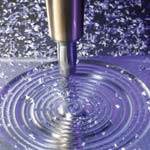


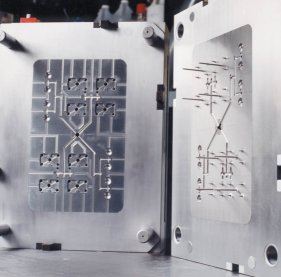
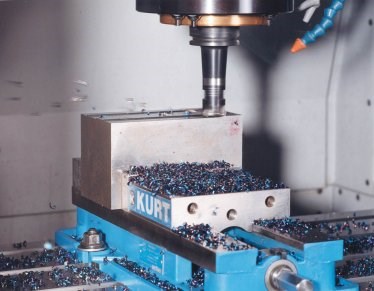
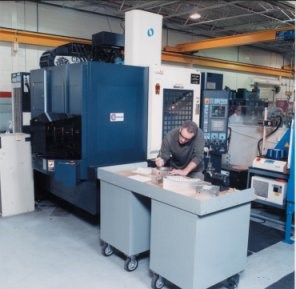
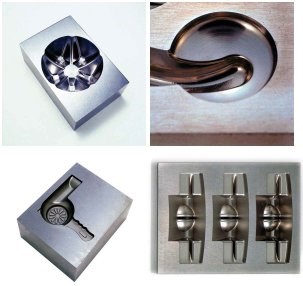








.jpg;maxWidth=300;quality=90)
















.jpg;maxWidth=970;quality=90)